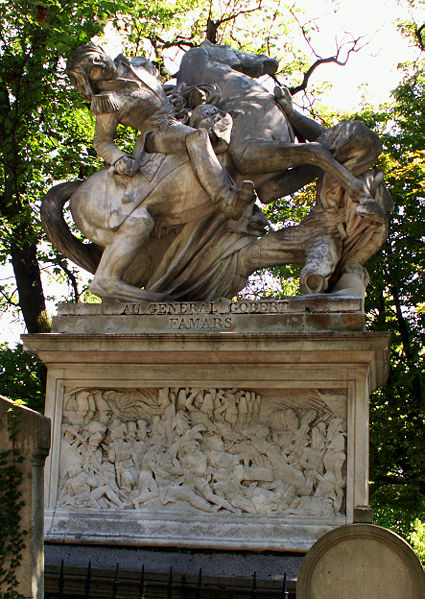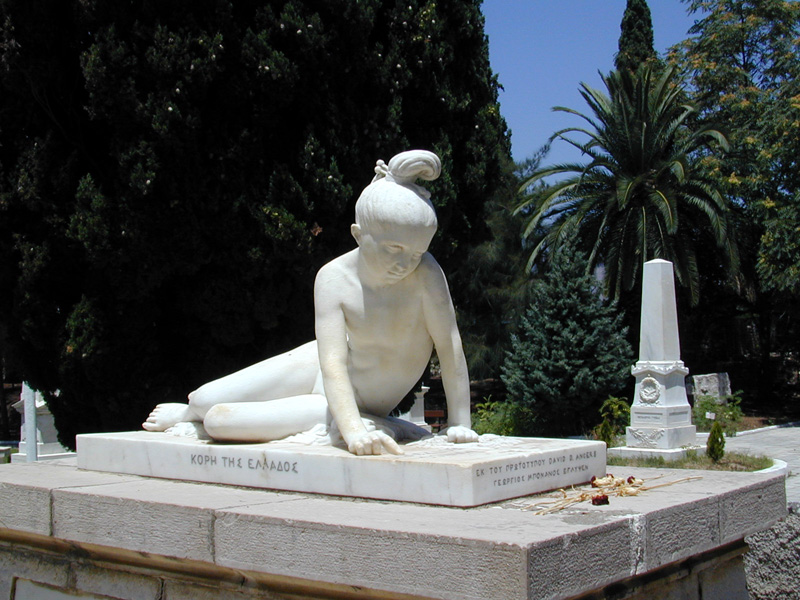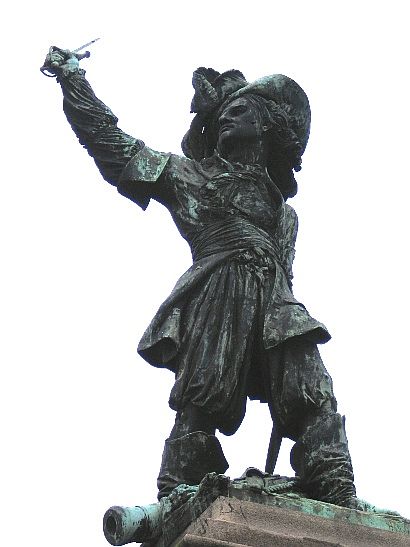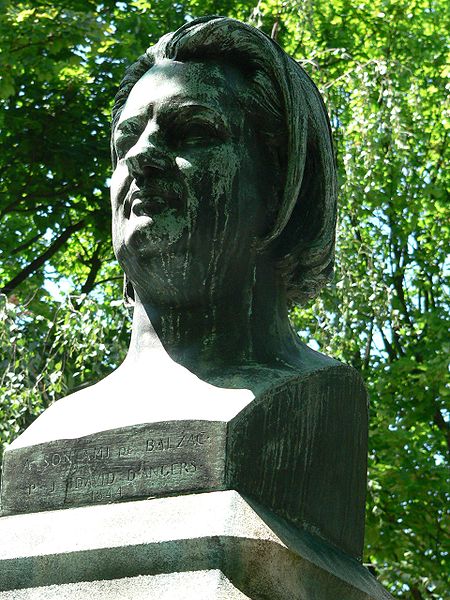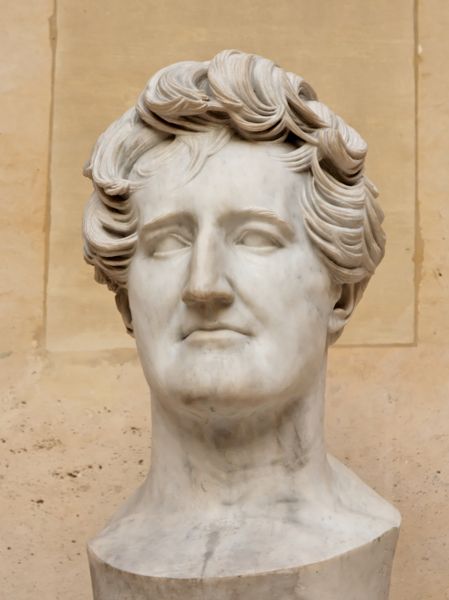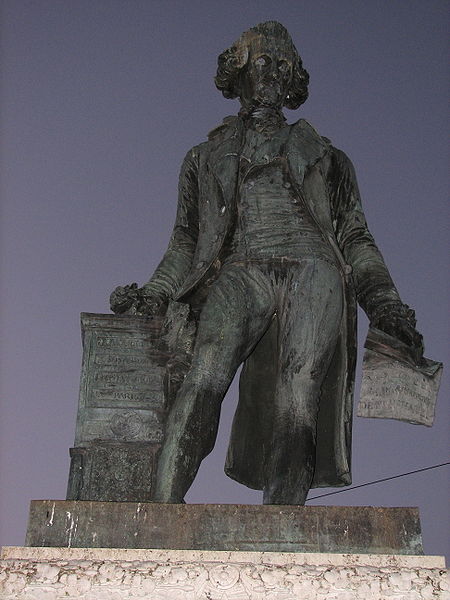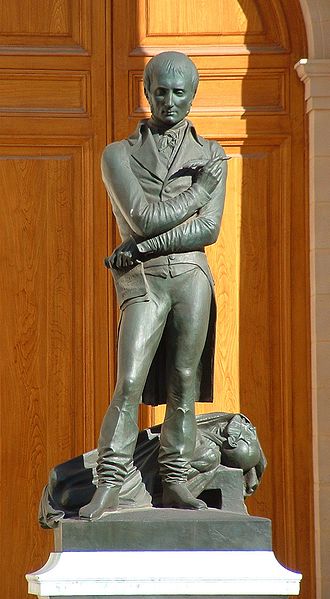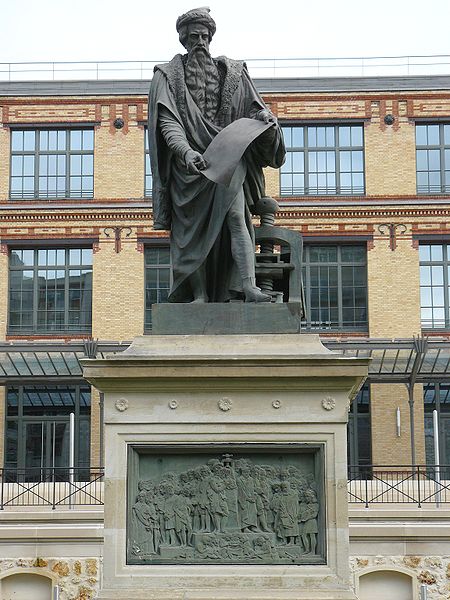<Back to Index>
- Philosopher George Berkeley, 1685
- Sculptor Pierre Jean David (David d'Angers), 1788
- President of Argentina Raúl Ricardo Alfonsín, 1927
PAGE SPONSOR
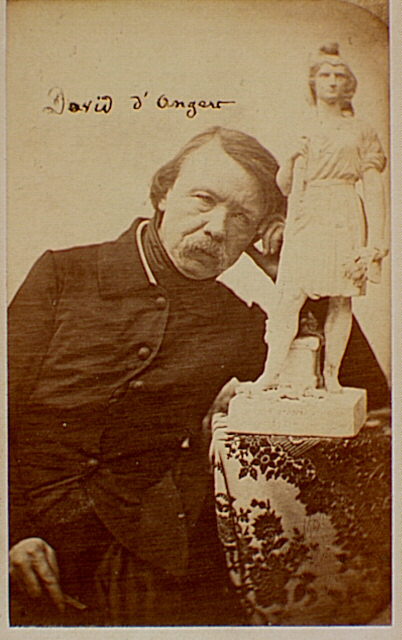
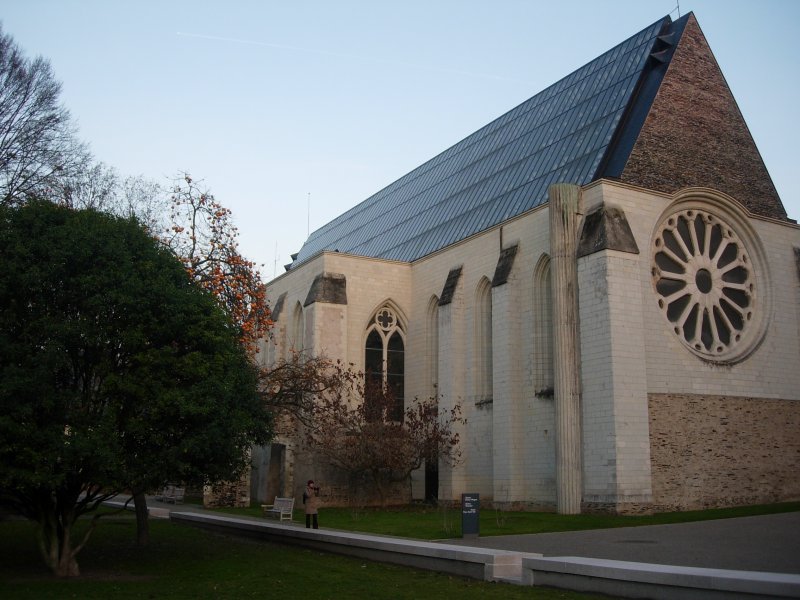
Pierre-Jean David (March 12, 1788 – January 4, 1856), usually called David d'Angers, was a French sculptor.
He was born at Angers. His father was a sculptor or a mason, but had gone into the army as a musketeer, fighting against the Chouans of La Vendée. He returned to his trade at the end of the civil war to find his customers gone, so that young David was born into poverty. His father wished for him to have a better career, and in his eighteenth year he left for Paris to study art, with only eleven francs. After struggling for survival for a year and a half, he succeeded in taking the prize at the Ecole des Beaux-Arts. An annuity of 600 francs was granted to him by the municipality of his native town in 1809, and in 1811 David's Epaminondas gained the prix de Rome. He spent five years in Rome, during which his enthusiasm for the works of Antonio Canova were often excessive.
Returning from Rome around the time of the restoration of the Bourbons and their accompanying foreign conquerors and returned royalists, David d'Angers would not remain in the neighborhood of the Tuileries, opting instead to travel to London. Here John Flaxman and others took him to task for the political sins of David the painter, to whom he was erroneously supposed to be related. With great difficulty he made his way to Paris again, where a comparatively prosperous career opened before him. His medallions and busts were in much request, as well as orders for monumental works. One of the most famous of these was that of Gutenberg at Strassburg; but those he himself valued most were the statue of Barra, a drummer boy who continued to beat his drum until the moment of death in the war in La Vendée, and the monument to the Greek liberator Markos Botsaris. David's busts and medallions were very numerous, and among his sitters may be found not only the illustrious men and women of France, but many others both of England and Germany countries which he visited professionally in 1827 and 1829. His medallions number over 500.
David's fame rests firmly on his pediment of the Pantheon, his marble Wounded Philopoemen in the Louvre and his monument to General Jacques-Nicolas Gobert in Père Lachaise Cemetery.
In addition to that of Gobert, he did sculptures for seven other tombs
at Père Lachaise, including the bronze busts of the writer, Honoré de Balzac and physician Samuel Hahnemann. In the Musée David in
Angers is an almost complete collection of his works either in the form
of copies or in the original moulds. As an example of his benevolence
of character may be mentioned his rushing off to the sickbed of Rouget de Lisle, the author of the Marseillaise Hymn,
modelling and carving him in marble without delay, making a lottery of
the work, and sending to the poet in the extremity of need the
seventy-two pounds which resulted from the sale.
